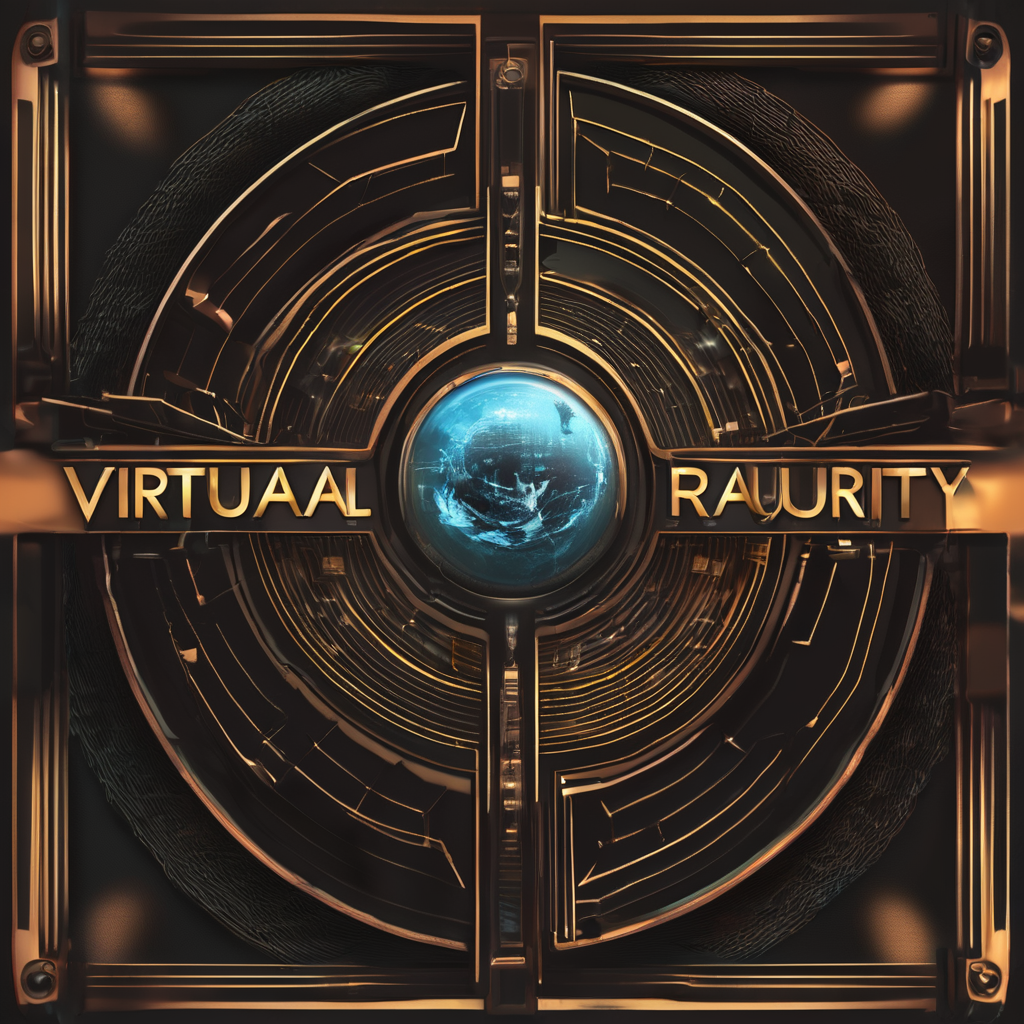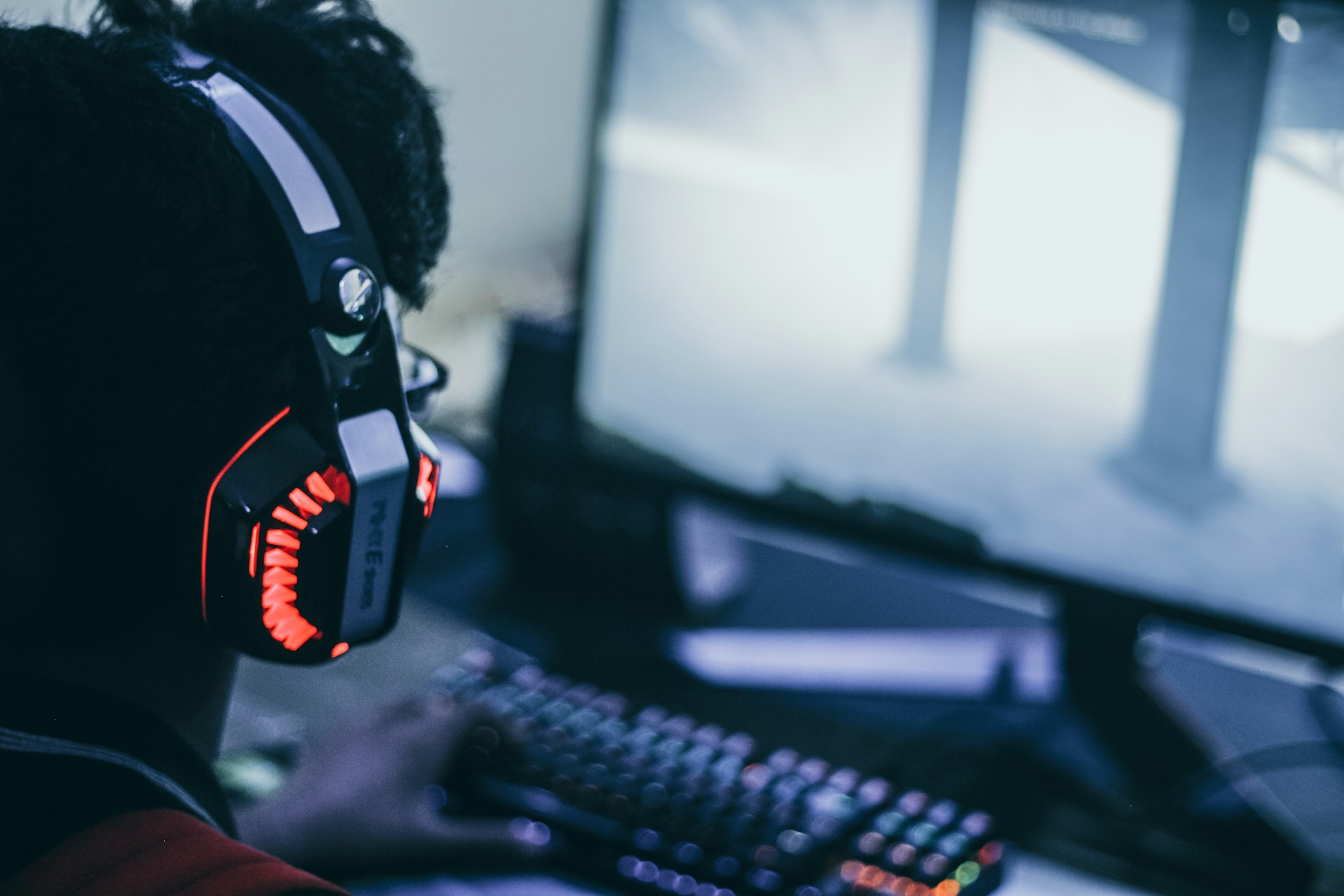Creating an immersive horror experience in video games is not just about visual elements; sound plays a crucial role too. Binaural audio, in particular, has revolutionized sound design in gaming, making it possible to create spine-chilling, realistic audio experiences that can truly terrify players. In this article, we will discuss how developers can harness the power of binaural audio to create more immersive horror experiences.
Understanding Binaural Audio
Binaural audio is a method of recording or synthesizing sound that mimics how human ears perceive sound in a three-dimensional space. This form of audio captures the nuances of direction, distance, and spatial cues, making it incredibly effective for creating immersive gaming experiences. Unlike traditional stereo sound, which delivers audio through two channels (left and right), binaural audio uses spatial audio techniques to make the player feel as if they are in the middle of the action.
Also to read : What are the key considerations for designing realistic NPC behaviors in sandbox games?
For horror games, this technique can be particularly effective. Imagine hearing footsteps behind you, a whisper in your ear, or the subtle creak of a door opening somewhere in the background. These sounds do more than add to the atmosphere; they create a visceral sense of presence that can heighten tension and fear.
Why Binaural Audio Matters in Horror Games
In the context of horror games, binaural audio offers an unparalleled level of immersion. Traditional sound effects and music can set the mood, but binaural audio can place players directly into the game world. When executed well, it makes every creak, whisper, and scream feel immediate and real, adding layers of psychological horror that are otherwise impossible to achieve.
In parallel : How can AI-driven analytics be used to personalize player experiences in mobile games?
Additionally, binaural audio can be a game-changer for virtual reality (VR) horror experiences. VR already offers a high level of visual immersion, and adding spatial audio can make it feel even more lifelike. This can be a double-edged sword, amplifying the game’s ability to terrify while also making it more engaging and memorable for players.
Tools and Techniques for Implementing Binaural Audio
Implementing binaural audio in video games requires a combination of specialized tools and techniques. Game developers and sound designers must work together to create a unified, immersive audio experience. Here are some key tools and techniques to consider:
Audio Plugins
Numerous audio plugins are available that can help integrate binaural audio into a game. These plugins allow developers to manipulate sound in 3D space, mimicking the way human ears perceive sound. Some popular plugins include:
- Wwise: A widely-used audio engine that offers extensive support for spatial audio.
- FMOD: Another robust audio middleware that provides tools for creating dynamic, immersive soundscapes.
- DearVR: A plugin specifically designed for creating binaural audio experiences.
These plugins provide various features, such as head tracking, which can further enhance the player’s sense of immersion by ensuring that audio cues change based on the player’s movements.
Sound Libraries
Access to high-quality sound libraries can make a significant difference in the effectiveness of binaural audio. Libraries that offer a wide range of sound effects recorded with binaural techniques can save developers time and effort. Some renowned sound libraries include:
- Boom Library: Known for its extensive range of high-quality sound effects.
- Soundly: Offers a vast collection of sounds, including binaural recordings.
- Pro Sound Effects: Another excellent source for diverse and high-quality sound effects.
These libraries can provide the raw materials needed to create terrifying and immersive audio experiences in horror games.
Recording Techniques
For developers and sound designers who prefer to create their own sound effects, understanding proper binaural recording techniques is essential. Using a binaural microphone, which mimics the shape and spacing of human ears, can capture sound with the depth and realism required for effective spatial audio. Field recordings of ambient sounds, such as creaking floors, distant whispers, and natural environments, can add authenticity to the game world.
Enhancing Player Experience with Binaural Audio
The goal of any horror game is to create an experience that is not just scary but also engaging and memorable. Binaural audio can significantly enhance the player’s experience by adding layers of realism and depth to the game world. Here are some ways developers can use binaural audio to achieve this:
Environment Design
In horror games, the environment plays a crucial role in setting the mood and building tension. Binaural audio can bring these environments to life by adding subtle ambient sounds that players may not consciously notice but will certainly feel. Whether it’s the sound of wind rustling through trees, the distant howling of wolves, or the eerie silence of an abandoned building, these sounds can create a more immersive and unsettling atmosphere.
Interactive Soundscapes
Interactive soundscapes are another powerful tool for enhancing immersion. These soundscapes change based on the player’s actions and movements, making the game world feel dynamic and responsive. For example, if a player walks through a forest, the sound of crunching leaves and snapping twigs can follow their footsteps, creating a sense of presence and immersion. Similarly, if a player approaches a haunted house, the audio can shift to reflect the change in environment, with creaking floorboards and distant whispers adding to the tension.
Real-time Audio Processing
Real-time audio processing can also enhance the player’s gaming experience by making sounds react to the player’s actions and the game environment. For example, if a player enters a dark room, the sound of their footsteps can change to reflect the different acoustics of the space. Similarly, if a player interacts with objects in the game world, such as opening a door or picking up an item, the audio can respond in real-time, creating a more immersive and interactive experience.
Case Studies: Binaural Audio in Horror Games
Several horror games have successfully used binaural audio to create terrifying and immersive experiences. These case studies can provide valuable insights and inspiration for developers looking to implement binaural audio in their own projects.
“Hellblade: Senua’s Sacrifice”
“Hellblade: Senua’s Sacrifice” is a standout example of how binaural audio can be used to create a deeply immersive and psychologically terrifying experience. The game’s audio design, which includes extensive use of binaural recordings, places players inside the mind of the protagonist, Senua. The voices she hears in her head, which are a key part of the game’s narrative, are rendered in 3D space, making them feel disturbingly real. This creates a sense of intimacy and claustrophobia that enhances the game’s horror elements.
“Resident Evil 7: Biohazard”
“Resident Evil 7: Biohazard” is another excellent example of how binaural audio can enhance a horror game. The game’s sound design uses binaural audio to create a sense of presence and immersion, with sounds coming from all directions to keep players on edge. The creaking of floorboards, the distant moans of zombies, and the unsettling silence of the Baker household all contribute to the game’s tense and terrifying atmosphere.
“Phasmophobia”
“Phasmophobia” uses binaural audio to create a truly immersive and terrifying multiplayer horror experience. The game’s audio design makes extensive use of spatial audio, with sounds that change based on the player’s location and movements. This creates a sense of presence and realism that makes the game’s ghostly encounters even more frightening. The ability to use voice chat, with audio that changes based on proximity, adds an additional layer of immersion and terror.
The Future of Binaural Audio in Horror Games
As technology continues to advance, the potential for binaural audio in horror games will only grow. The rise of virtual reality and augmented reality gaming experiences offers new opportunities for creating even more immersive and terrifying audio experiences. Additionally, advances in real-time audio processing and machine learning could allow for even more dynamic and responsive soundscapes.
However, the key to creating effective binaural audio experiences lies in thoughtful and intentional sound design. Developers and sound designers must work together to create cohesive and immersive audio experiences that enhance the game’s narrative and emotional impact. By understanding the principles of binaural audio and using the right tools and techniques, developers can create horror games that truly terrify and engage players.
Binaural audio offers a powerful tool for creating more immersive horror experiences in video games. By using spatial audio techniques, high-quality sound libraries, and thoughtful sound design, developers can create terrifying and engaging experiences that place players directly in the game world. The case studies of “Hellblade: Senua’s Sacrifice,” “Resident Evil 7: Biohazard,” and “Phasmophobia” demonstrate the potential of binaural audio to enhance the player’s experience and create unforgettable moments of fear.
As technology continues to evolve, the possibilities for binaural audio in horror games will only expand, offering new opportunities for developers to push the boundaries of immersive audio experiences. Whether you are a seasoned game developer or just starting, understanding and embracing binaural audio can help you create horror games that truly terrify and captivate players.






